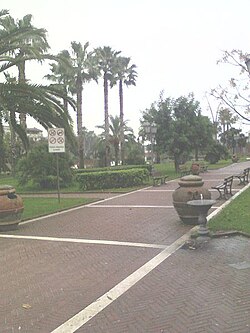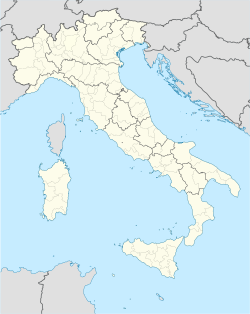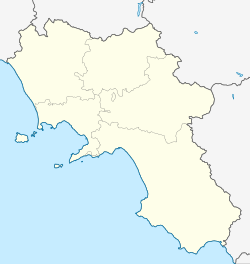You can help expand this article with text translated from the corresponding article in Italian. (January 2022)Click [show] for important translation instructions.
|
San Valentino Torio | |
|---|---|
| Comune di San Valentino Torio | |
 | |
| Coordinates: 40°47′N14°36′E / 40.783°N 14.600°E | |
| Country | Italy |
| Region | Campania |
| Province | Salerno (SA) |
| Government | |
| • Mayor | Michele Strianese |
| Area | |
• Total | 9 km2 (3 sq mi) |
| Elevation | 22 m (72 ft) |
| Population (31 December 2010) [2] | |
• Total | 10,313 |
| • Density | 1,100/km2 (3,000/sq mi) |
| Demonym | Valentinesi |
| Time zone | UTC+1 (CET) |
| • Summer (DST) | UTC+2 (CEST) |
| Postal code | 84010 |
| Dialing code | 081 |
| Patron saint | St. Valentine |
| Saint day | 14 February |
San Valentino Torio is a town and comune in the province of Salerno in the Campania region of south-west Italy. San Valentino Torio is situated in the northern part of the province, not far from Mount Vesuvius, in the Sarno River valley.
Contents
San Valentino Torio occupies a predominantly agricultural area with cultivation of the typical vegetables of the region, such as the San Marzano tomato.




